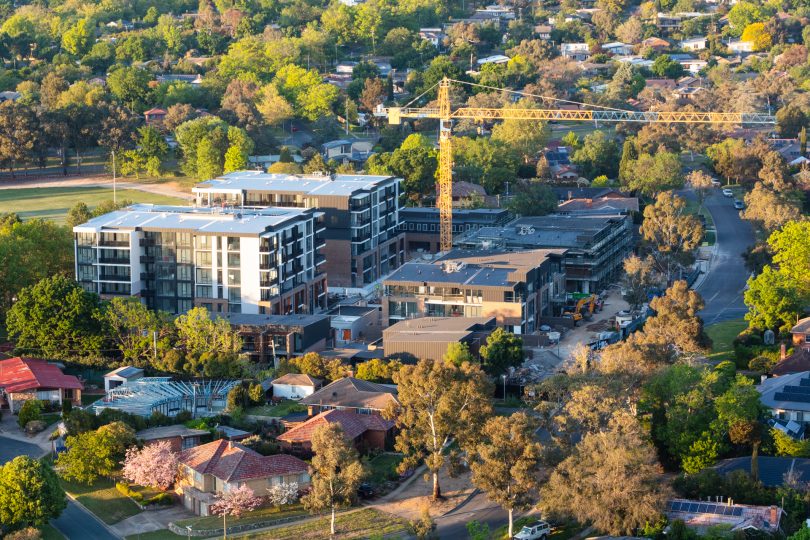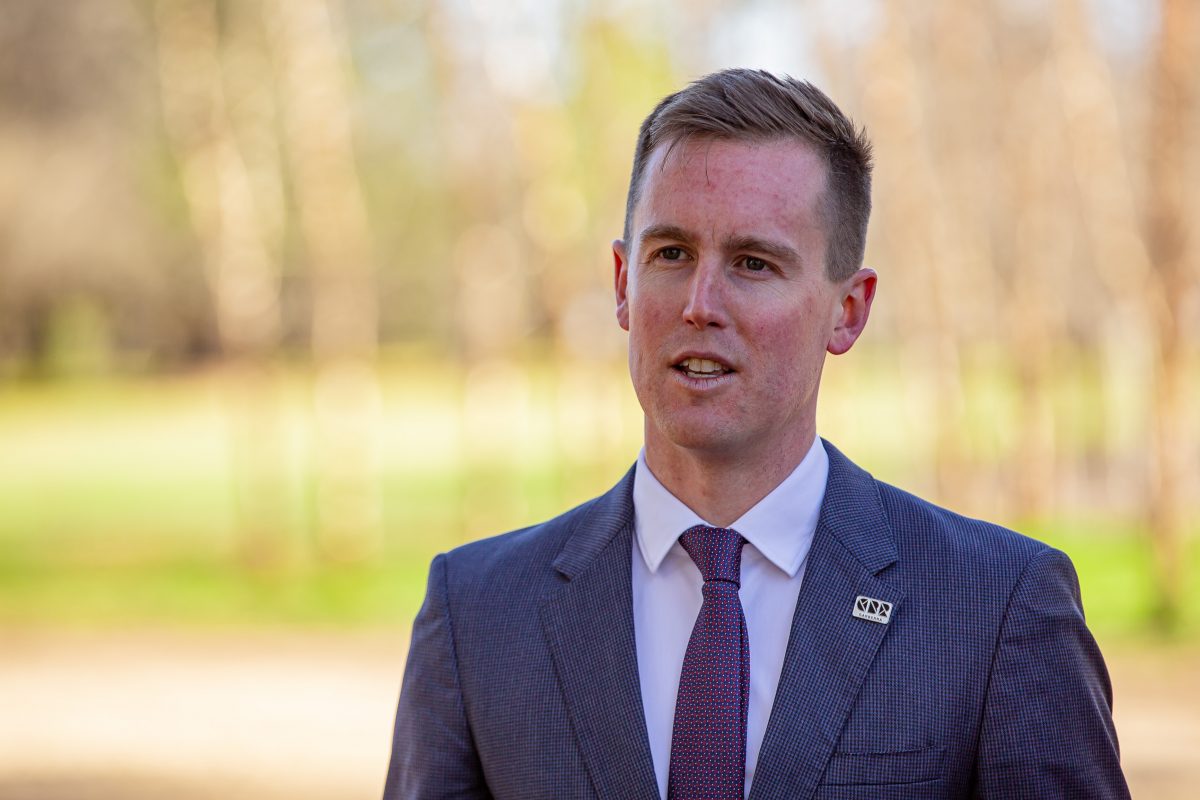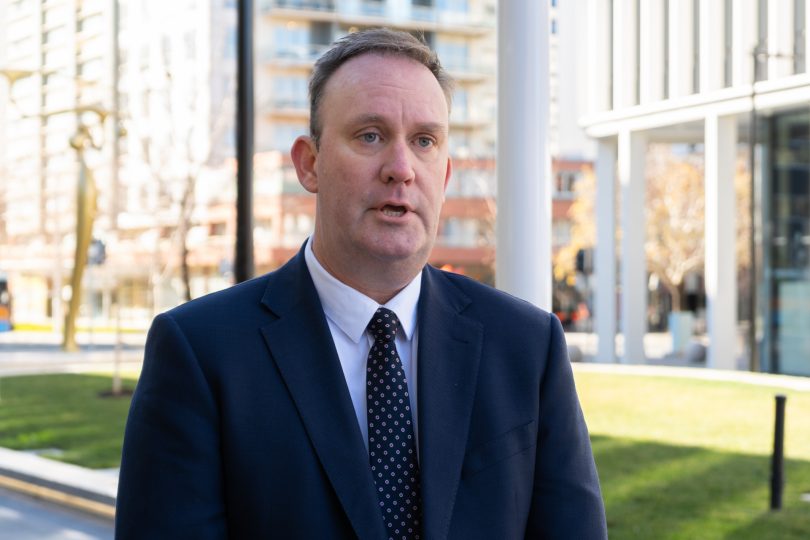
New tree laws could mean homeowners and developers have to pay up for removing ‘regulated’ trees. Photo: Thomas Lucraft.
The government must reconcile the “competing priorities” of an aggressive infill agenda – 70 per cent of all new development – with its desire to protect trees, the Territory’s construction industry says.
The Master Builders Association (MBA) ACT has accused the government’s new Urban Forest Bill of dramatically increasing red tape around the protection and removal of trees.
New laws, released for community consultation in April, proposed stricter regulations and financial penalties for developers and homeowners who remove trees.
If enacted, the bill would establish a tree bond system and regulate all trees on public land, regardless of their size. More trees on private land would also be regulated.
Homeowners who remove a tree would have to plant an additional two per tree removed or pay $600 each if they cannot.
Penalties for developers would be much higher – somewhere between $2140 and $14,980 – depending on size and location.
The laws are not intended to apply to dangerous trees.

Minister for City Services Chris Steel said the proposed laws would protect the ACT’s tree canopy and reduce the urban heat island effect. Photo: File.
Transport and City Services Minister Chris Steel said the laws would help the Territory reach its 30 per cent tree canopy target by 2045.
An additional 450,000 trees will need to be planted before then for that to occur.
Michael Hopkins, CEO of the Master Builders ACT, told a committee hearing into the proposed laws on Thursday (6 October) that while the industry supports the bill’s intent, the government’s priorities aren’t making sense.

MBA ACT CEO Michael Hopkins said the construction industry supports the intent of the Urban Forest Bill. Photo: Region.
He’s not convinced the tree rules fit in with the Territory’s infill agenda, saying instead they highlight an “inherent conflict”.
“The policy is unclear at the moment. One part of government says the policy is to maximise development and another policy of government says it’s to protect trees,” Mr Hopkins said.
“You can’t achieve everything on every site.”
The ACT Government’s infill agenda states that 70 per cent of growth must happen within the existing urban footprint.
Mr Hopkins assumed a large proportion of the existing tree canopy also sat within that area and rejected suggestions developers went into a site with a view to bulldozing all existing trees.
He said in many cases developers viewed existing trees as an “opportunity”. But he noted when the government sold blocks, they were sold with a predestined purpose, including how many dwellings the site could accommodate.
He questioned what would happen when developers came into existing suburbs to build units or even higher-density apartments on blocks with established trees.
“What are we going to do if half of those sites are covered in trees? Is the priority given to protecting the trees or accommodating more development?” Mr Hopkins asked.
“Those questions must be answered by the government when it sets its policies.”
Mr Hopkins has urged consultation on the bill be paused and for the elements contained in it to be incorporated into a broader planning review.
Mr Steel rebuffed these concerns.
He said developers would be given a clear choice – not remove the trees and design around them or plant new ones on site if they were approved to remove them.
“That is going to challenge some developers, there’s no doubt about it, because some aren’t doing the right thing at the moment,” he said.
Original Article published by Lottie Twyford on Riotact.





